Country
Crash of a Piper PA-42-720 Cheyenne III off Grand Case: 4 killed
Date & Time:
May 5, 2012 at 0240 LT
Registration:
F-GXES
Survivors:
No
Schedule:
Grand Case - Fort-de-France
MSN:
42-8001043
YOM:
1980
Flight number:
TIF520
Crew on board:
1
Crew fatalities:
Pax on board:
3
Pax fatalities:
Other fatalities:
Total fatalities:
4
Captain / Total hours on type:
513.00
Aircraft flight hours:
7593
Aircraft flight cycles:
7830
Circumstances:
The twin engine aircraft was engaged in an ambulance flight between Grand Case and Fort-de-France and was carrying a pilot, a nurse, a doctor and a patient, a Greek citizen in honeymoon in Saint Martin who suffered a heart attack. He normally should be transferred to Fort-de-France from Saint Martin-Princess Juliana Airport with another Operator but the aircraft suffered technical problem prior to departure and the patient was transferred to Grand Case Airport. Piper PA-42 left Grand Case-L'Espérance runway 12 at 02H39. One minute later, during initial climb, it lost height and crashed into the Caribbean Sea, some three NM off the airport, off Tintamarre Island. Around 1000LT in the morning, a wheel and some others debris were found floating in water and no trace of the four occupants was found. They were later considered as deceased.
Probable cause:
The French BEA said in its final report that no technical anomaly to affect significantly the performance of the airplane or its pitch control could be demonstrated. It appears that the pilot had consumed alcohol before the flight and was awake since 0630LT and did not sleep over 20 hours, which could affect his capabilities. In conclusion, the investigation did not determine the cause of the accident, but the following factors may have contributed:
- aircraft's operation with one pilot only,
- absence of regulation does not allow the Civil Aviation Authority to ensure the adequacy of the operational objectives of an operator and its capacity to maintain its activity. This failure could not ensure that the pilot was able to conduct the flight.
- the presence of a flight recorder would probably help to understand the circumstances of the accident with more precision. Important data failed to the investigation, which was not able to identify all possible measures to avoid a similar accident in the future.
- aircraft's operation with one pilot only,
- absence of regulation does not allow the Civil Aviation Authority to ensure the adequacy of the operational objectives of an operator and its capacity to maintain its activity. This failure could not ensure that the pilot was able to conduct the flight.
- the presence of a flight recorder would probably help to understand the circumstances of the accident with more precision. Important data failed to the investigation, which was not able to identify all possible measures to avoid a similar accident in the future.
Final Report:


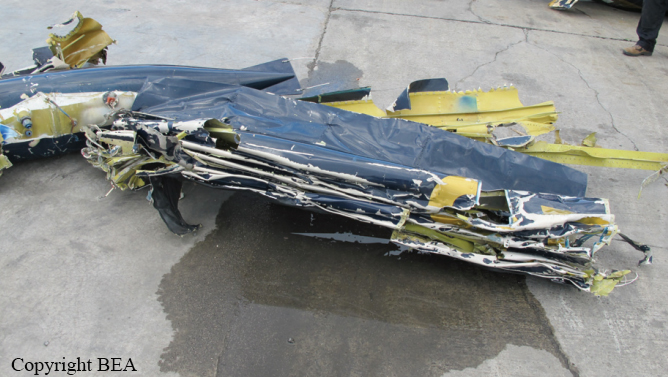
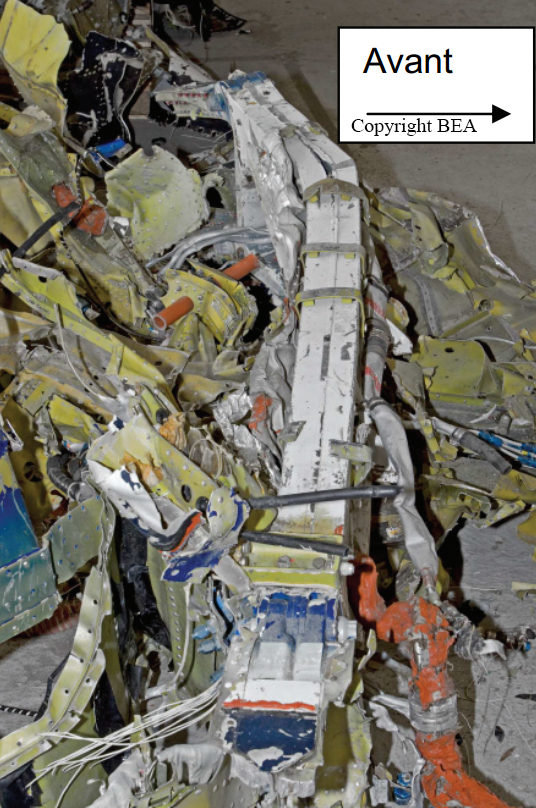
Crash of a Piper PA-42-1000 Cheyenne 400LS in Mercedes
Date & Time:
Aug 13, 2010 at 1530 LT
Registration:
LQ-BLU
Survivors:
Yes
Schedule:
Mercedes - La Plata
MSN:
42-5527037
YOM:
1987
Crew on board:
2
Crew fatalities:
Pax on board:
2
Pax fatalities:
Other fatalities:
Total fatalities:
0
Captain / Total hours on type:
390.00
Copilot / Total hours on type:
14
Aircraft flight hours:
1526
Circumstances:
During the takeoff roll on runway 19 at Mercedes Airport, the twin engine aircraft deviated to the right then to the left. Control was lost and the aircraft veered off runway to the left, lost its undercarriage and came to rest in bushed with its left wing partially torn off. All four occupants escaped uninjured while the aircraft was damaged beyond repair. Both passengers were Ricardo Casal, Minister of Justice and Security, and Maria del Carmen Falbo, Attorney.
Probable cause:
Loss of control during takeoff following the crew's decision to perform the operation outside of the procedures established in the flight manual. The overconfidence of the crew as well as the operation of both engines at low regime were considered as contributing factors.
Final Report:
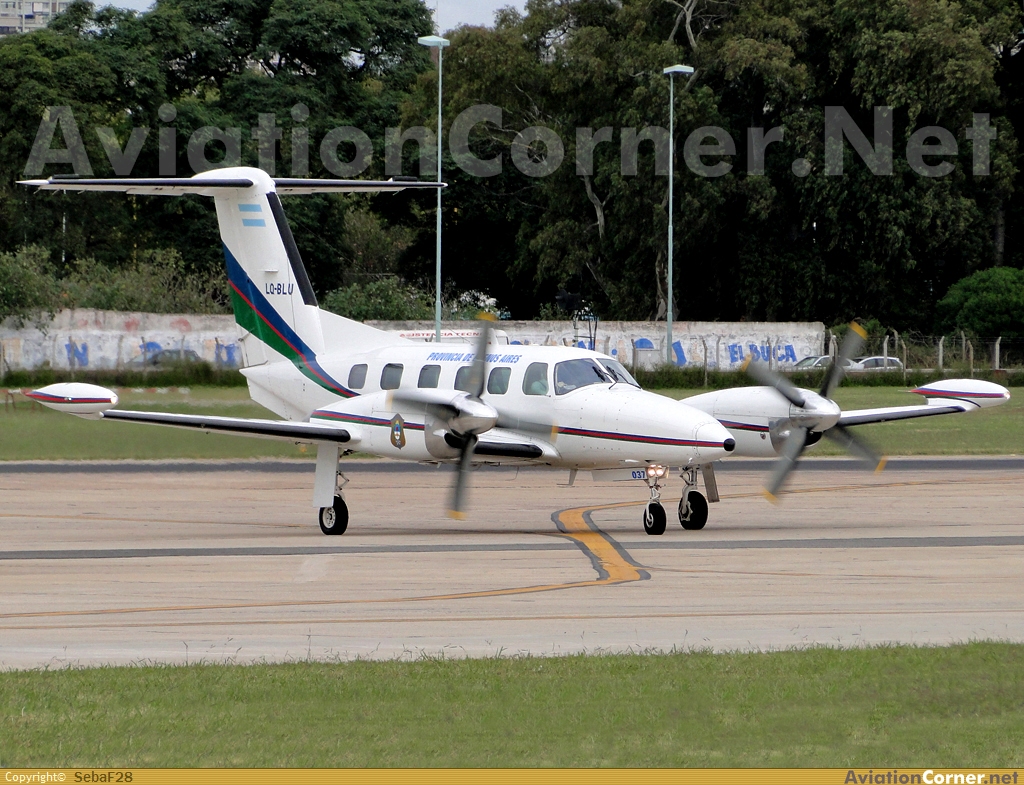
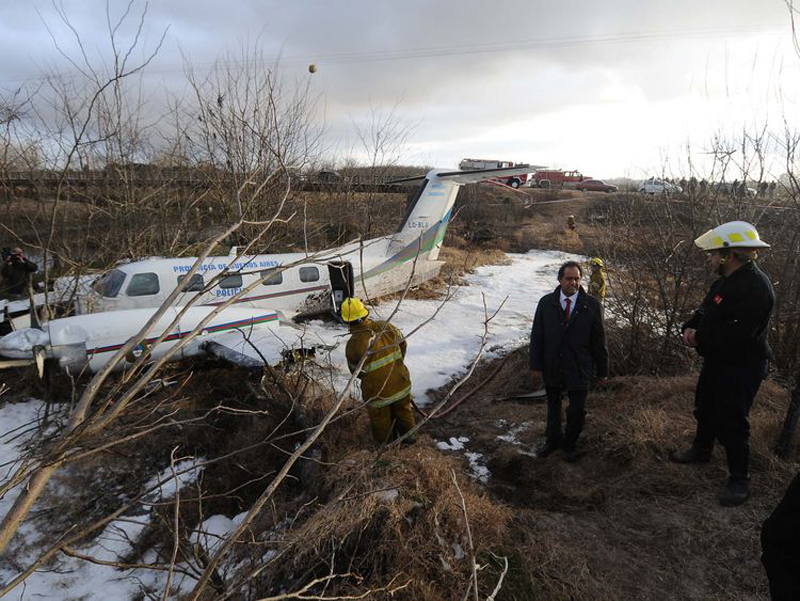
Crash of a Piper PA-42-720 Cheyenne IIIA in Königstein im Taunus: 1 killed
Date & Time:
Jan 19, 2009 at 1240 LT
Registration:
D-IDIA
Survivors:
No
Schedule:
Frankfurt – Reichelsheim
MSN:
42-5501055
YOM:
1990
Crew on board:
1
Crew fatalities:
Pax on board:
0
Pax fatalities:
Other fatalities:
Total fatalities:
1
Captain / Total hours on type:
449.00
Aircraft flight hours:
9332
Aircraft flight cycles:
21133
Circumstances:
The pilot, sole on board, was completing a positioning flight from Frankfurt-Main Airport to Reichelsheim where the airplane was based. At 1235LT, the twin engine aircraft departed Frankfurt-Main Airport runway 25L and the pilot was instructed to make a left turn and to climb and maintain 1,500 feet. The aircraft climbed to 1,800 feet then descended to 1,400 feet. In rain falls, the aircraft struck trees and crashed in a wooded area located in Königstein im Taunus, about 15 km north of Frankfurt Airport. The aircraft was totally destroyed and the pilot was killed.
Probable cause:
Controlled flight into terrain.
Final Report:
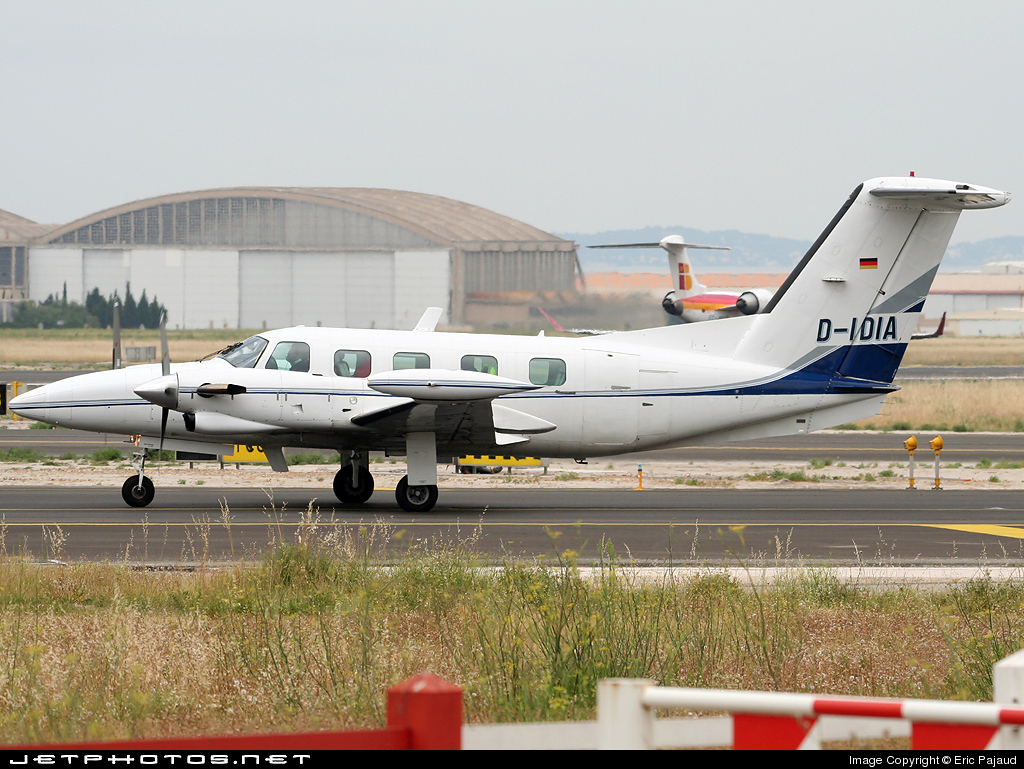
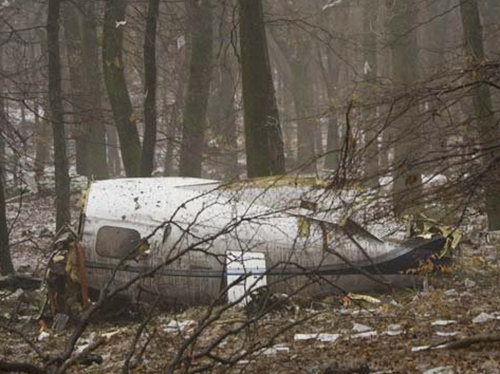
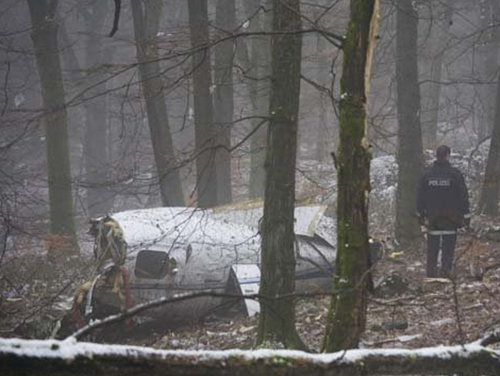
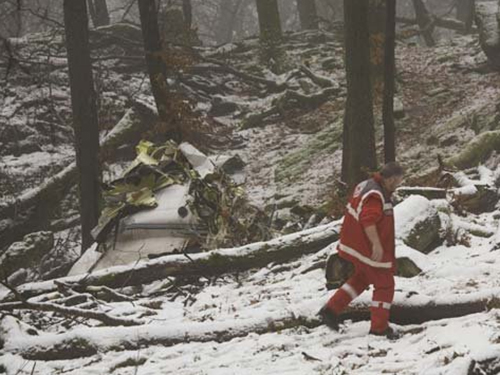
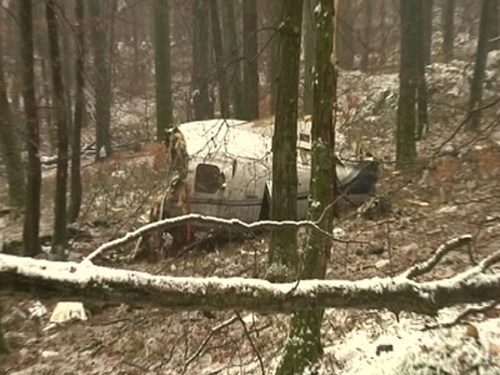
Crash of a Piper PA-42-720 Cheyenne III in Prescott: 5 killed
Date & Time:
Oct 18, 2006 at 1347 LT
Registration:
N121CS
Survivors:
No
Schedule:
Prescott - Prescott
MSN:
42-8001032
YOM:
1981
Crew on board:
1
Crew fatalities:
Pax on board:
4
Pax fatalities:
Other fatalities:
Total fatalities:
5
Aircraft flight hours:
5317
Circumstances:
The pilot of a MiG 21 and the pilot of a Piper PA-42 Cheyenne III met just prior to the flight to discuss the flight in which the Cheyenne pilot would be taking aerial photos of the MiG. The two pilots established a minimum altitude of 2,500 to 3,000 feet agl and 200 knots as their minimum airspeed. The pilots did not establish a minimum separation distance, as it was not intended to be a formation flight. The MiG pilot reported that after takeoff the aircraft experienced a problem with the landing gear retraction. The pilot recycled the landing gear and a successful gear retraction was indicated. The MiG pilot notified the Cheyenne pilot of the situation and the Cheyenne pilot indicated that they would join up with the MiG, look it over and check-out the landing gear, and let the MiG pilot know what they saw. The MiG pilot flew at 9,000 feet msl in a 30-degree right hand turn at 200 knots (about 90 percent power set) with approach flaps selected (approximately 25 degrees) until the Cheyenne met up with the MiG. The MiG pilot reported that he observed the Cheyenne meet up with him at his 5 o'clock position about 300-400 feet behind him and about the same altitude. In this position, the Cheyenne was in the direct path of the high velocity jet core exhaust from the MiG. The MiG pilot looked forward and when he looked back, he could not see the Cheyenne. The Cheyenne pilot then contacted the MiG pilot and made a comment about the right landing gear or gear door, but the statement was not completed. The MiG pilot did not hear back from the Cheyenne pilot. The MiG pilot then observed smoke rising from the desert terrain and notified air traffic control. The airport manager that was monitoring the conversation between the two aircraft stated that he heard the Cheyenne pilot indicate that he would "drop down and go underneath and let you know how it looks." Wreckage documentation noted that the main wreckage was located in an inverted position on flat terrain. The T-tail, which consisted of the upper half of the vertical stabilizer, horizontal stabilizer, and elevator had separated in flight and was located about 1/2 mile south of the main wreckage. Inspection of the upper portion of the aft vertical spar displayed a right bend and twist at the point of separation. No evidence of pre-existing cracks, corrosion or wear was noted to the material. Inspection of the MiG aircraft found no evidence of contact between the two aircraft.
Probable cause:
The failure of the pilot following a jet aircraft to maintain adequate separation from the high velocity jet core exhaust. The separation of the T-tail upper section vertical stabilizer of the following aircraft due to contact with the high velocity jet core exhaust was a factor.
Final Report:
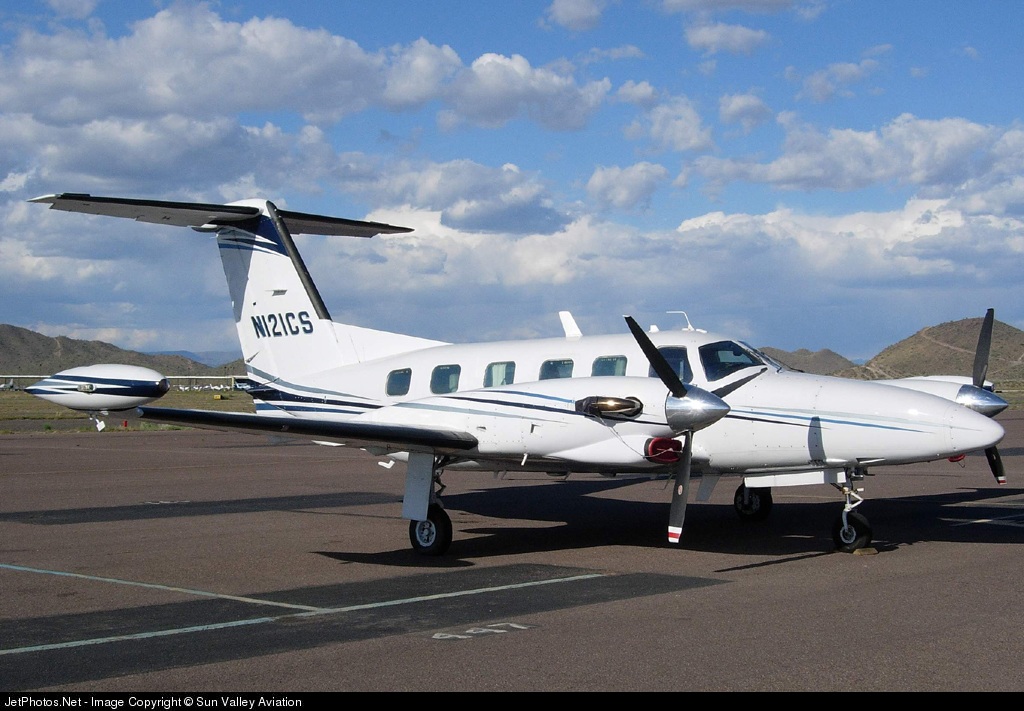
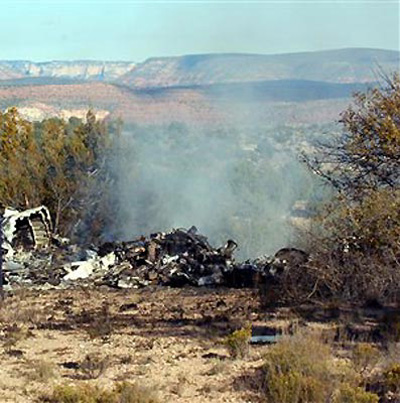
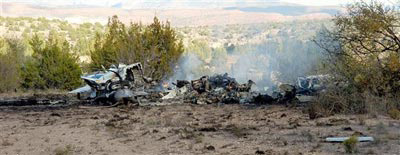
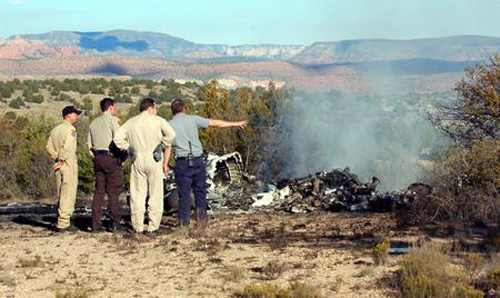
Crash of a Piper PA-42-720 Cheyenne IIIA in Zurich
Date & Time:
Oct 28, 2003 at 0742 LT
Registration:
D-IFSH
Survivors:
Yes
Schedule:
Leipzig – Zurich
MSN:
42-8001101
YOM:
1982
Flight number:
RUS1050
Crew on board:
2
Crew fatalities:
Pax on board:
0
Pax fatalities:
Other fatalities:
Total fatalities:
0
Captain / Total hours on type:
900.00
Copilot / Total hours on type:
34
Aircraft flight hours:
5276
Aircraft flight cycles:
4370
Circumstances:
The crew was completing a positioning flight (RUS1050) from Leipzig to Zurich on behalf of FSH Luftfahrtunternehmen but under contract of Cirrus Aviation. On final approach to Zurich-Kloten Airport, the crew encountered poor visibility due to foggy conditions. Despite the RVR for runway 14 was estimated to be 275 metres (below minimums of 400 metres for a CAT II approach if aircraft and crew are qualified), the crew decided to continue the approach, descended below the MDA until the aircraft struck the ground between both runways 14 and 16. The aircraft rolled for few dozen metres then lost its undercarriage and came to rest in a frosty field. Both pilots escaped with minor injuries and the aircraft was damaged beyond repair. At the time of the accident, the vertical visibility was 300 feet, the horizontal visibility was 200 metres with freezing fog, an OAT of -3° C and a dew point of -4° C.
Probable cause:
The accident is due to the fact that the crew continued the approach below the decision height during an ILS approach to runway 14 without sufficient visual references. As a result, the plane struck the ground and crashed. The following factors contributed to the development of the accident:
- The aircraft was neither equipped nor approved for approaches under the prevailing weather conditions.
- The crew was not trained for approaches in such weather conditions.
- The crew failed to comply with SOP's and did not assigned tasks.
- The crew was not familiar with the procedural requirements.
- The crew knowledge was insufficiently checked by the operator.
- The aircraft was neither equipped nor approved for approaches under the prevailing weather conditions.
- The crew was not trained for approaches in such weather conditions.
- The crew failed to comply with SOP's and did not assigned tasks.
- The crew was not familiar with the procedural requirements.
- The crew knowledge was insufficiently checked by the operator.
Final Report:
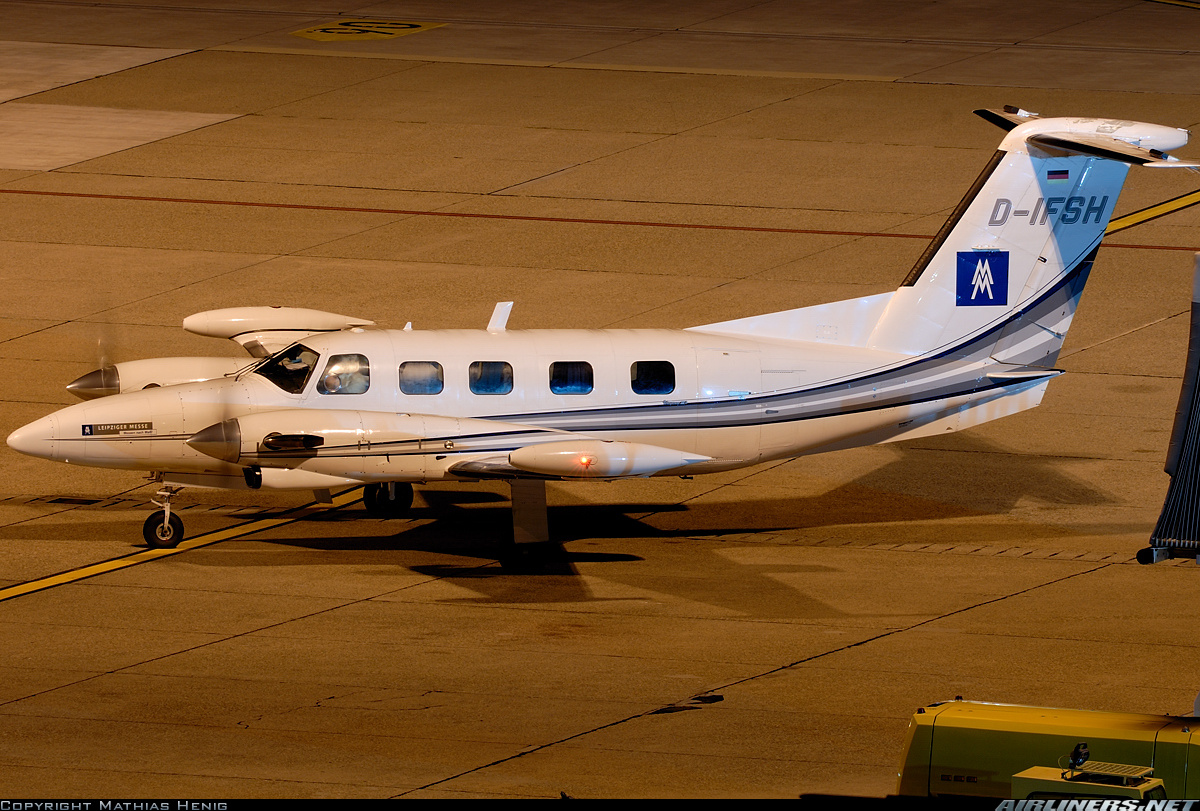
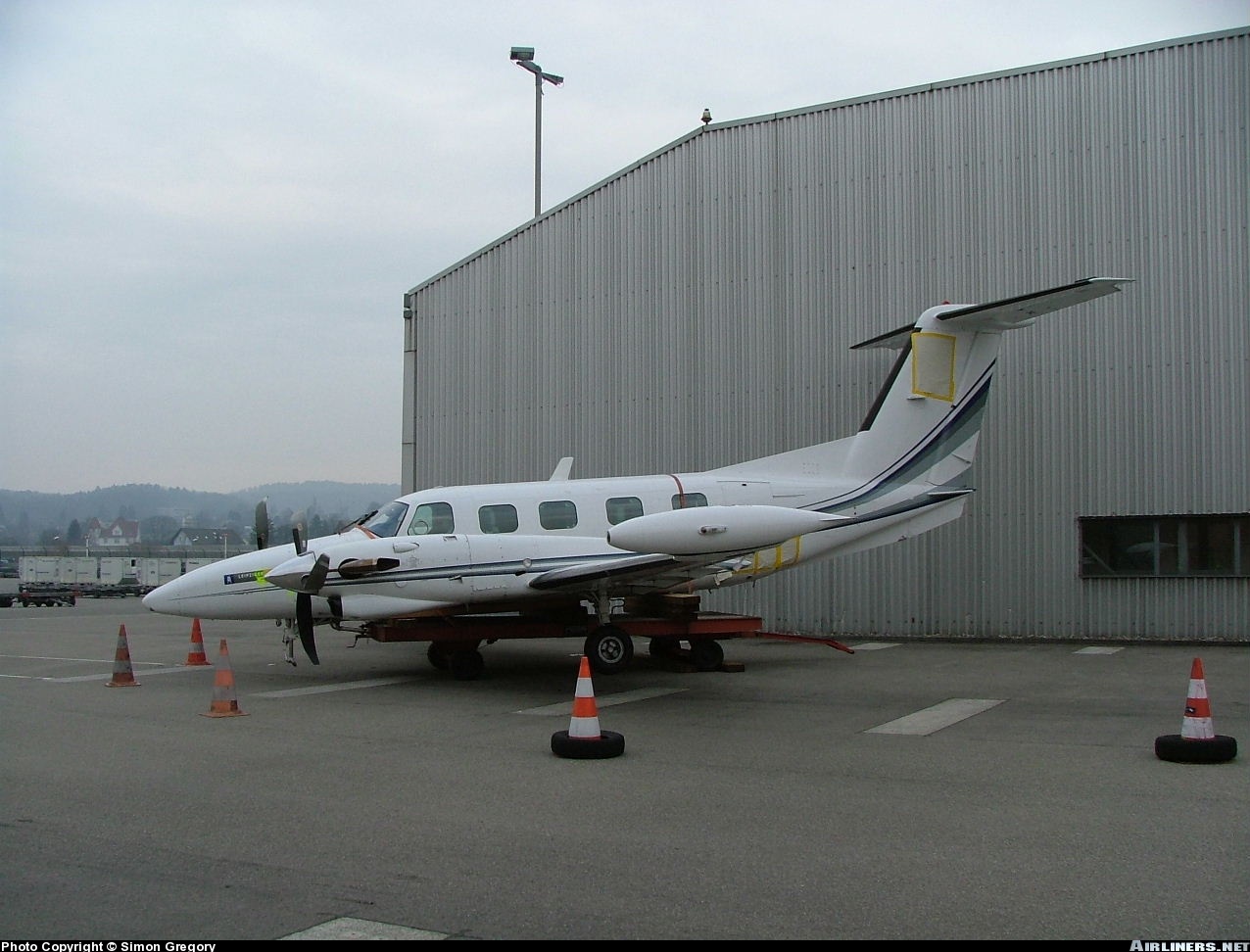
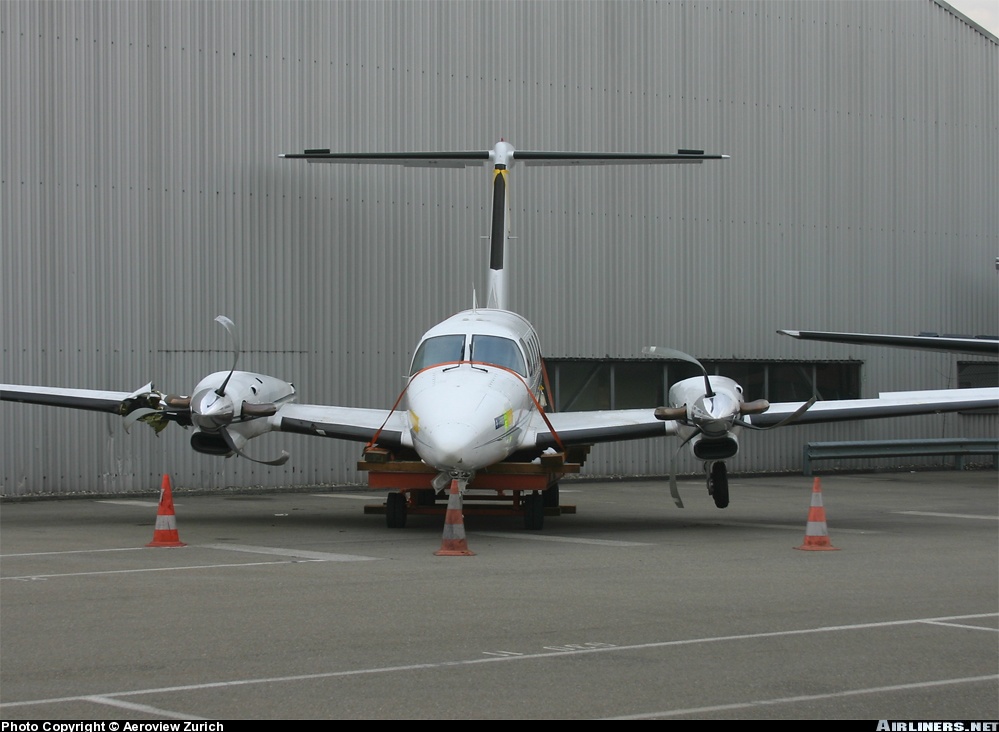
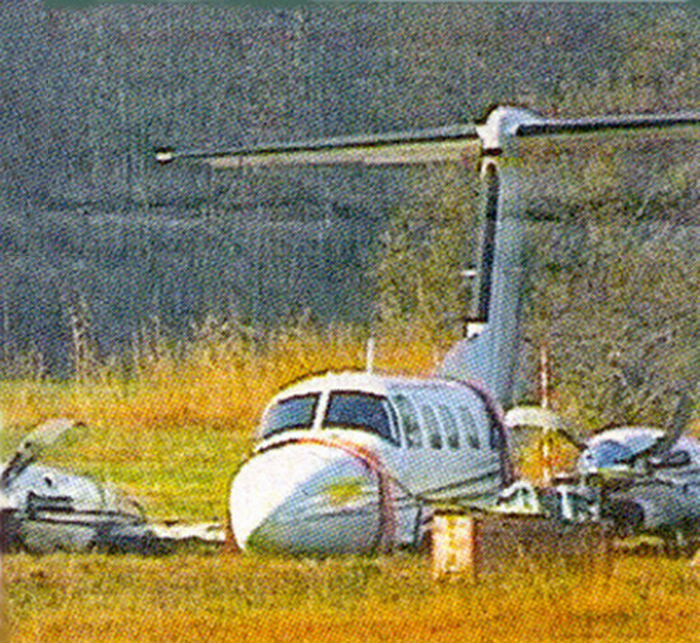
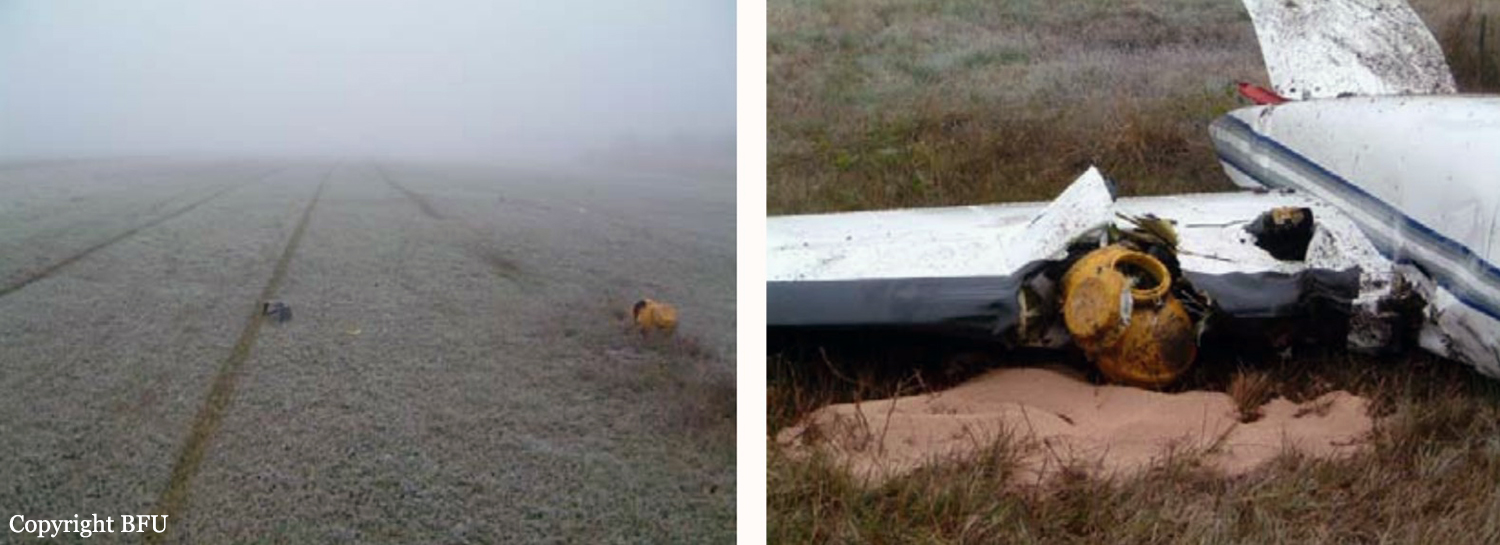
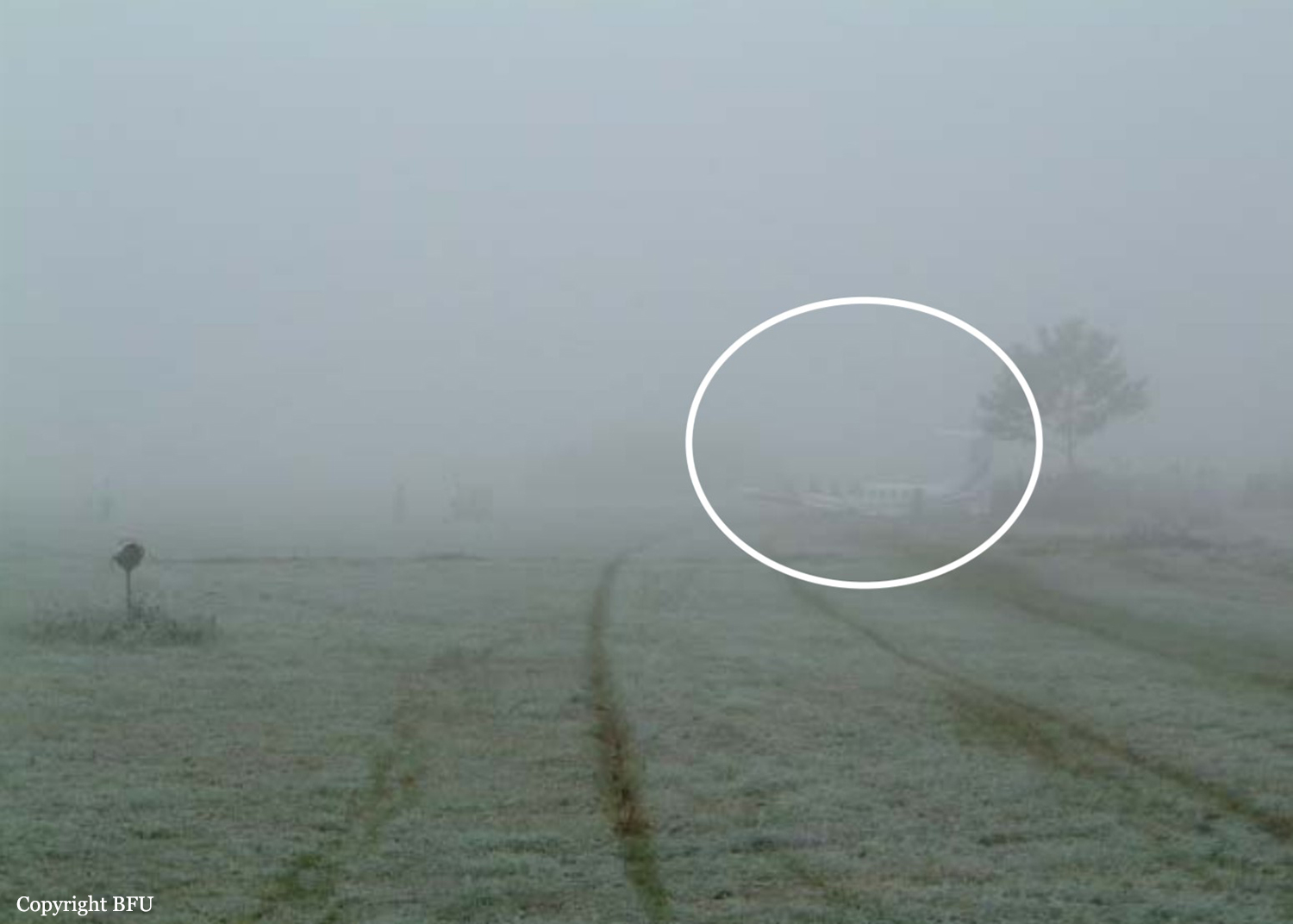
Crash of a Piper PA-42-720 Cheyenne II-XL in Ames
Date & Time:
Jan 30, 2002 at 1810 LT
Registration:
N66MT
Survivors:
Yes
Schedule:
Broomfield – Ames
MSN:
42-8166060
YOM:
1981
Crew on board:
1
Crew fatalities:
Pax on board:
6
Pax fatalities:
Other fatalities:
Total fatalities:
0
Circumstances:
The pilot said he was on the glide slope for an ILS approach. The pilot said, "The autopilot was coupled on to the approach. The autopilot also coupled on to the Glide slope. Approximately 2-1/2 to 3 miles out, we visually had approach lights and runway lights. I then disconnected the autopilot and yaw damper, and hand flew a visual approach using the glide slope indicator as a cross check for a correct glide path to the airport. Continuing visually on the approach, I checked the GS (glide slope) and it indicated we were slightly above glide path, but was corrected, and seconds later hit a pole going through electrical wires, coming to rest short of the approach lights and to the right." An examination of the airplane revealed no anomalies. An examination of the ILS approach to the runway showed the facility operated satisfactorily.
Probable cause:
The pilot's failure to maintain the proper glide path during the final portion of the approach. Factors relating to this accident were the low altitude and the utility pole.
Final Report:


